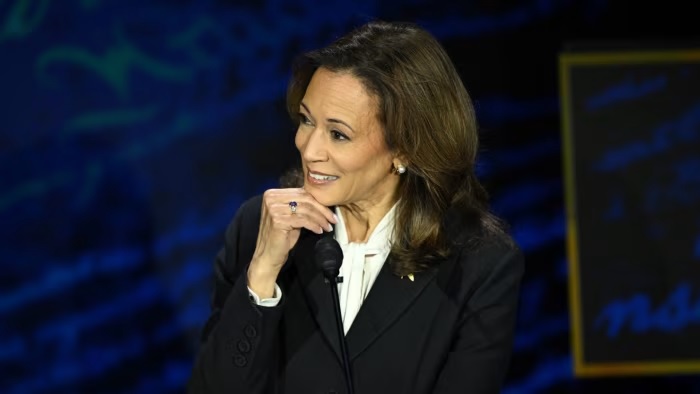
Kamala Harris Outlines Campaign Approach Amid Key Policy Questions
In the two months since Vice President Kamala Harris became the Democratic Party's candidate for the presidency, the direction of her campaign has begun to take shape. Following President Joe Biden’s decision to step aside from the nomination, Harris has emphasized a broad messaging strategy during her public appearances. This approach was evident during the presidential debate on September 10 in Philadelphia, where she responded to questions on major domestic and foreign policy issues.
When asked about the U.S. economy, Harris highlighted a $6,000 child tax credit and a $50,000 deduction for small businesses but did not provide additional details on a broader economic strategy. On foreign policy, particularly the ongoing Israel-Hamas conflict, Harris reiterated the administration's current focus on working toward a ceasefire and supporting a two-state solution. However, no new initiatives or changes in direction were presented during her remarks.
One topic where Harris was more specific was on abortion rights. She clearly stated her intention to codify Roe v. Wade into federal law, a position that distinguishes her campaign from previous administrations. Her direct stance on this issue contrasts with other areas where her responses were more general.
As Harris navigates the complexities of campaigning while serving as vice president, her responses have largely avoided making detailed policy commitments. This may reflect her dual role, as she balances her responsibilities in the current administration with her efforts to define her own candidacy. During the debate, for example, Trump raised questions about the administration's handling of immigration and border security, but Harris shifted the focus to the legislative challenges rather than outlining new plans.
As the campaign progresses, Harris will need to continue clarifying her policy positions and providing voters with a clear sense of her priorities, while addressing the expectations placed on her as both a candidate and the sitting vice president.
Stichworte







